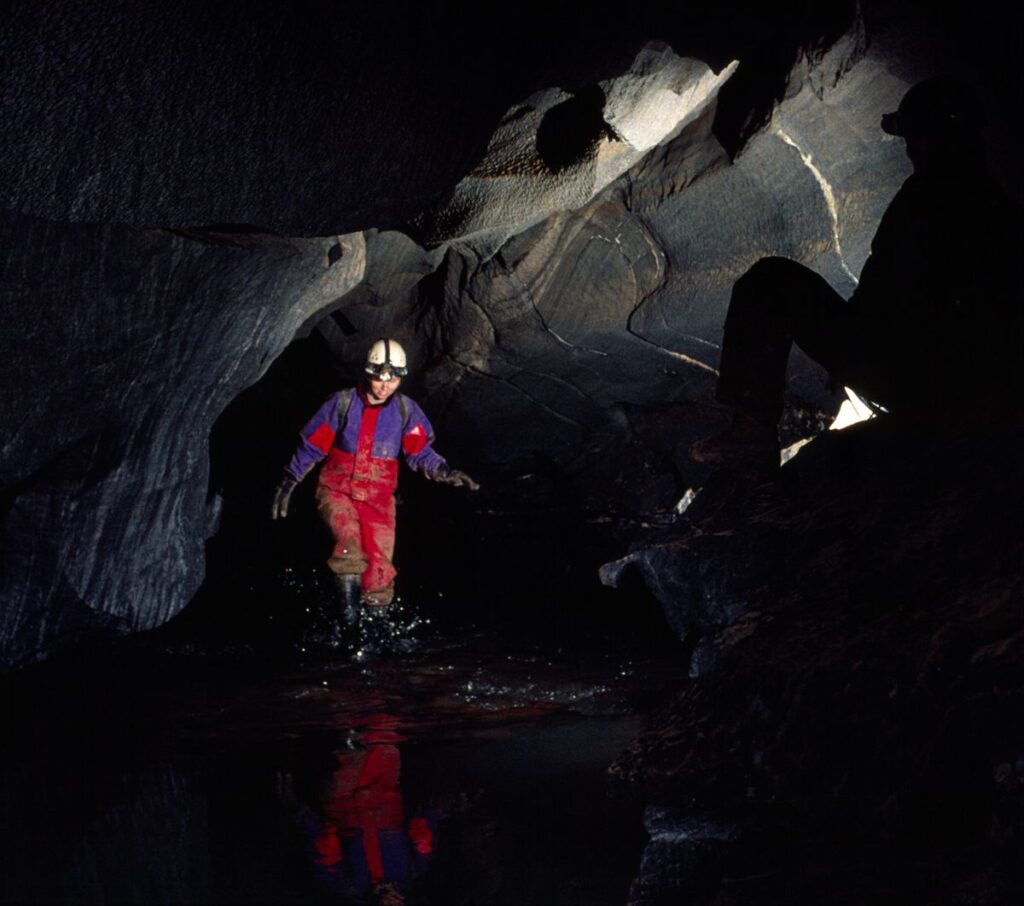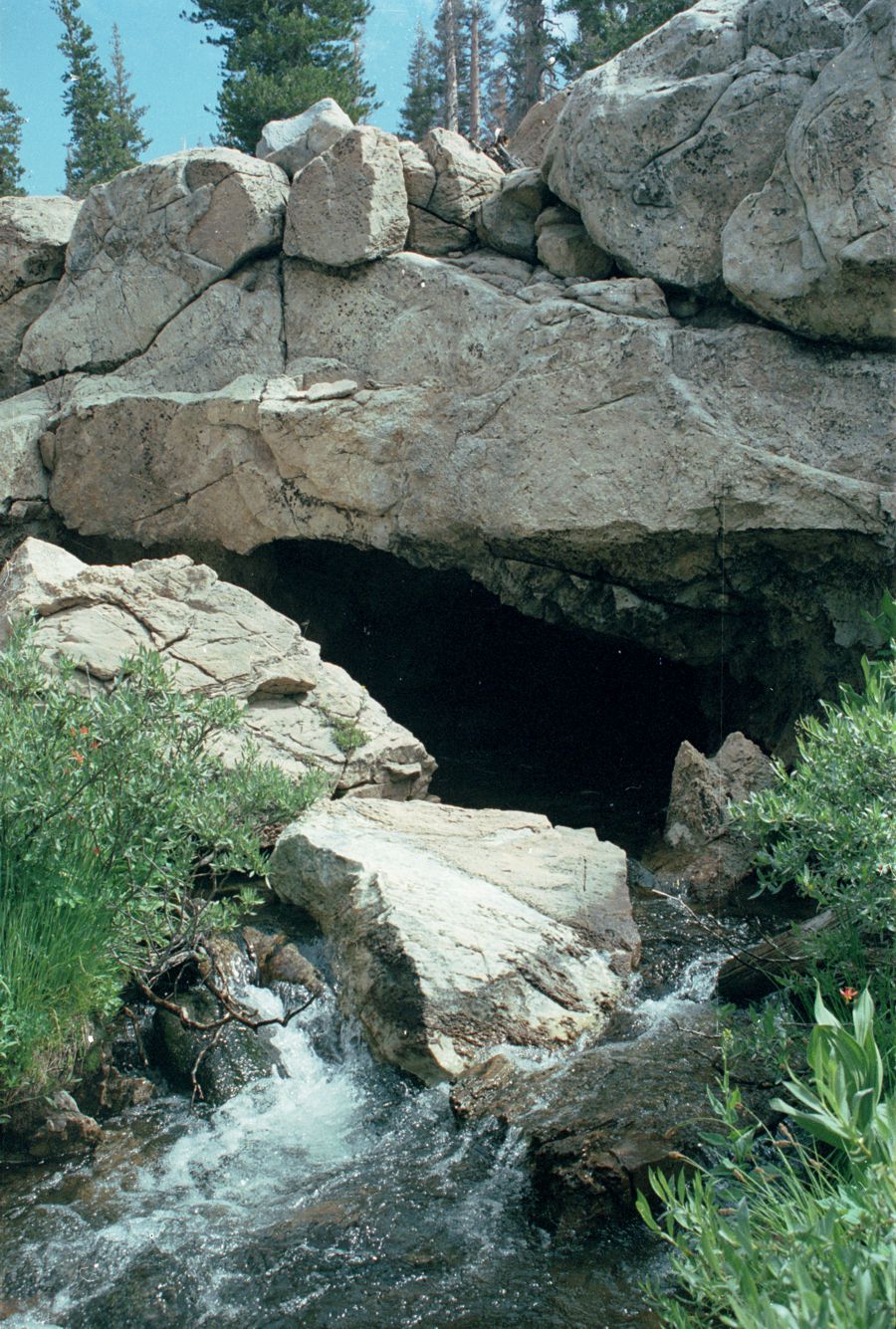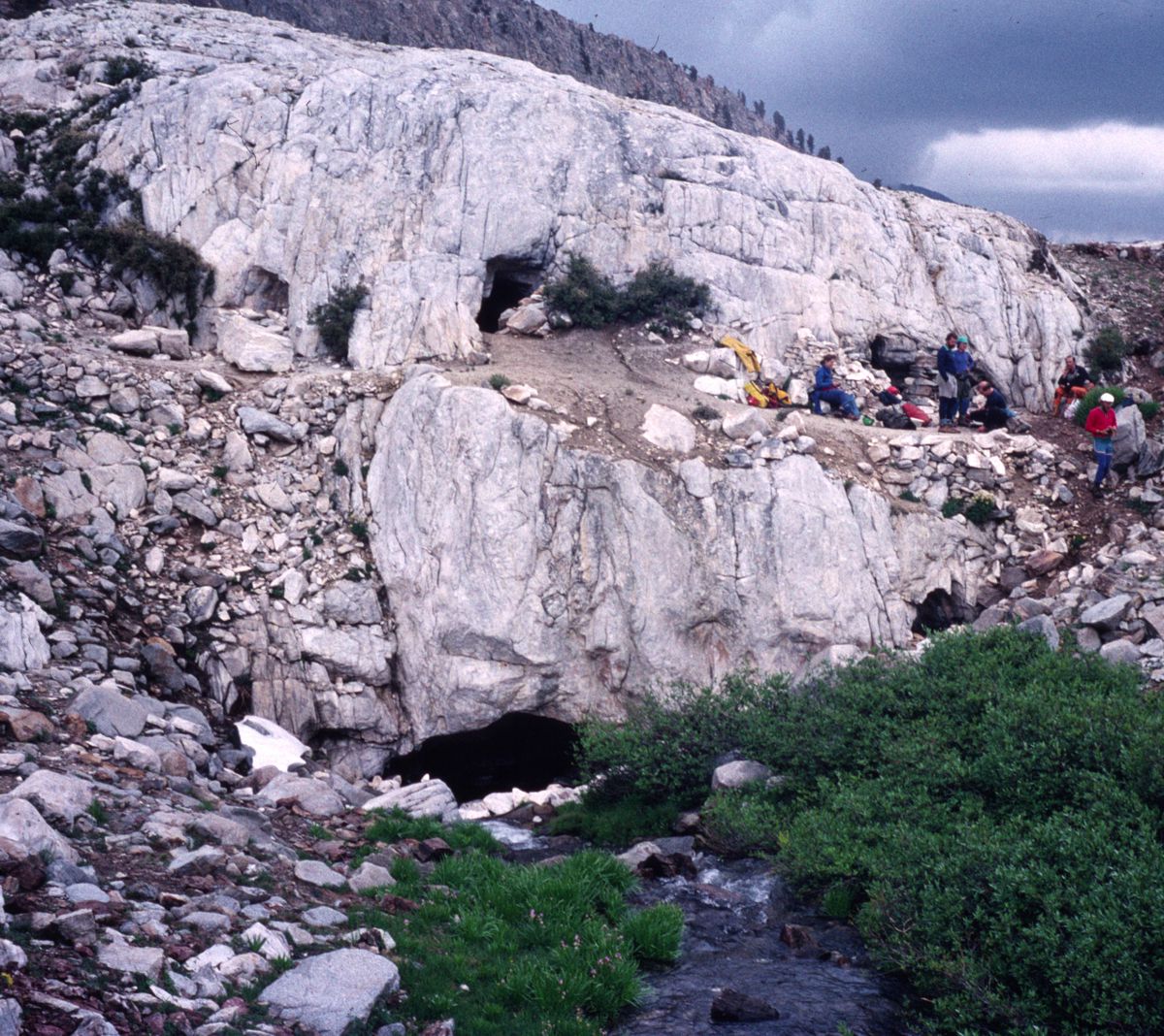
Water makes caves
And in turn, caves and karst landscapes store water in karst aquifers for a thirsty California.
Caves are formed by karst hydrology
When water underground makes caves it also creates spaces and places to store water, making karst aquifers. Caves cool water down to cave temperatures, making it ideal for native fish such as salmon. Water in cave and karst systems is found across the state and these aquifers provide fresh, cool water to hundreds of cave and karst springs in California. In turn, this water, particularly in late summer and early fall, when it is hottest, keeps on flowing in our rivers and streams for use by people, industry and agriculture.

Water moves differently in karst
Underground water often moves slowly, percolating through small cracks and pores in the rock. But not so in caves. Here water flows through open passageways and moves quickly. Where the water in a cave is going is also difficult to determine from above. Caves and their streams can go any direction. When pollution, such as a toxic spill strikes, where the water is going may be unknown. Those pollutants will get to a spring and into a river system fast, potentially endangering people, fish and wildlife. The challenges of protecting karst areas from water pollution and protecting their downstream users from toxins has encouraged the development of a scientific discipline known as karst hydrology. These scientists study these systems to understand how they work, and how to protect them and people form pollution.
